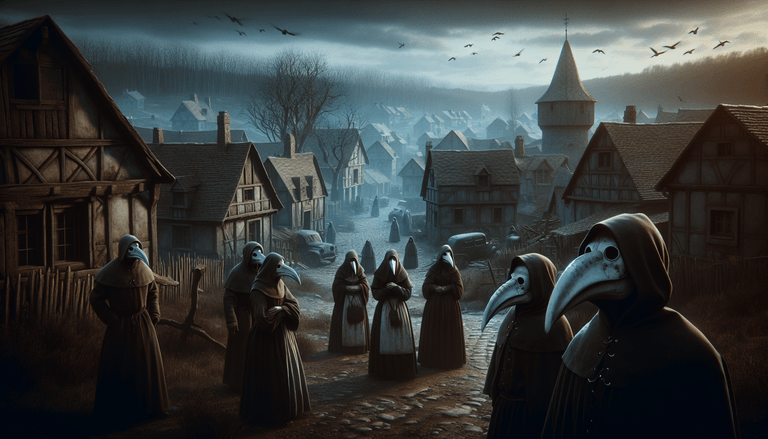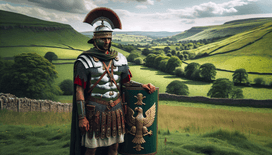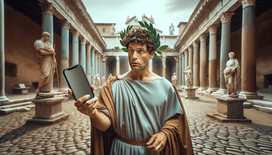Imagine, if you will, a world where monks grapple with memes, knights joust with emojis, and the pestilence isn't just a devastating plague but a trending topic across medieval Europe’s glossy Instagram feeds. Yes, dear reader, take a journey with me as we delve into an alternate reality where the Black Death had to battle not only immune systems but Wi-Fi connections.
The plague goes PLNDC: Pandemic Likes, New Dances, and Challenges
The year is 1347, and just like that one friend who overshares, Yersinia pestis is taking the continent by storm. But this time, it’s not just fleas and rats spreading the news, it's the hottest influencer of the time, Dame Viralina Posting, who, instead of blogging about quarantine recipes, is marking locations of plague pits on her interactive story maps.
Imagine the scene: A peasant, clutching a smartphone, scurrying through the crowded streets of medieval London, dutifully scrolling through #PlagueLife. Spattered amongst posts of buboes and Last Rights selfies, you'd find knights posting their daily sword drills tagged under #MedievalMA.
Selfies, scrolls, and sticks...
With filter-embellished portraits substituting prayer scrolls, Instagram provides the perfect platform for our medieval influencers. The BubonicBard would no doubt launch an Insta campaign chronicling his "Wisdom Wednesdays", a deep dive into symptoms, remedies, and dire warnings, through not particularly catchy rhymes.
Instead of cautionary pamphlets pinned to chapel doors, followers would be served reels of quarantine dances, complete with hashtags like #DoTheDeathDance, a grim twist on going viral. And, in lieu of flagellants painstakingly winding through towns, people might just react with a '😭' emoji, adding a quick "Stay Safe!" on their stories.
The influencer healers
While doctors of the era walk their rounds, beak masks firmly in place, collecting likes instead of blood samples, it's pioneering content creators like Doctor Selfie-Eustaceus, who curate "A Day in the Life of a Plague Doctor", synchronised with thoughtful playlists for the situation. In the comments, threads of advice untangle safer remedies from old wives’ tales, because user engagement has become the new medical consensus.
The Bubo Report: Emoji Edition
Meanwhile, Instagram stories form a tapestry of how nobility and serfs alike are faring. Lady daCourte, in a stylish head kerchief and ornate beak mask, snaps a duck-faced selfie captioned, "New mask, who dis?" Her post garners heart reactions even as she posts a longer reflection on how the crisis alters life in her manor. For every declaration of plague-free status (?️#Blessed), there is another ominous black square that reads: "Closed till the pestilence passes."
The ‘gram of the grave
There are, of course, moments of reflection, as humans tend to experience in trying times. Underneath an all-too-common purple-clad mourning post tagged #PlagueDeath, Dame Viralina writes: "Every day is a gift. Keep washing your hands and your hearts."
And as we scroll through the endless feeds, swiping past medieval craftivists with their #BubonicBeads, and knights once again on a quest, this time for comments, it’s clear: Instagram would have been both the balm and the bane of the populace.
The finale: A timeless tale
In this parallel Instagram universe, where life was just as fragile and every day could be your last post, we can’t help but ponder: would the humour, resilience, and creativity showcased through this medieval timeline have brought them together? Perhaps. After all, if any era needed a bit of levity in its timeline, it was the one where the #1 fan of morbidity truly went viral.
And so, as you gaze upon your Wi-Fi signals (or the unnerving "4G"), spare a thought for those who once might have Instagrammed the plague.







